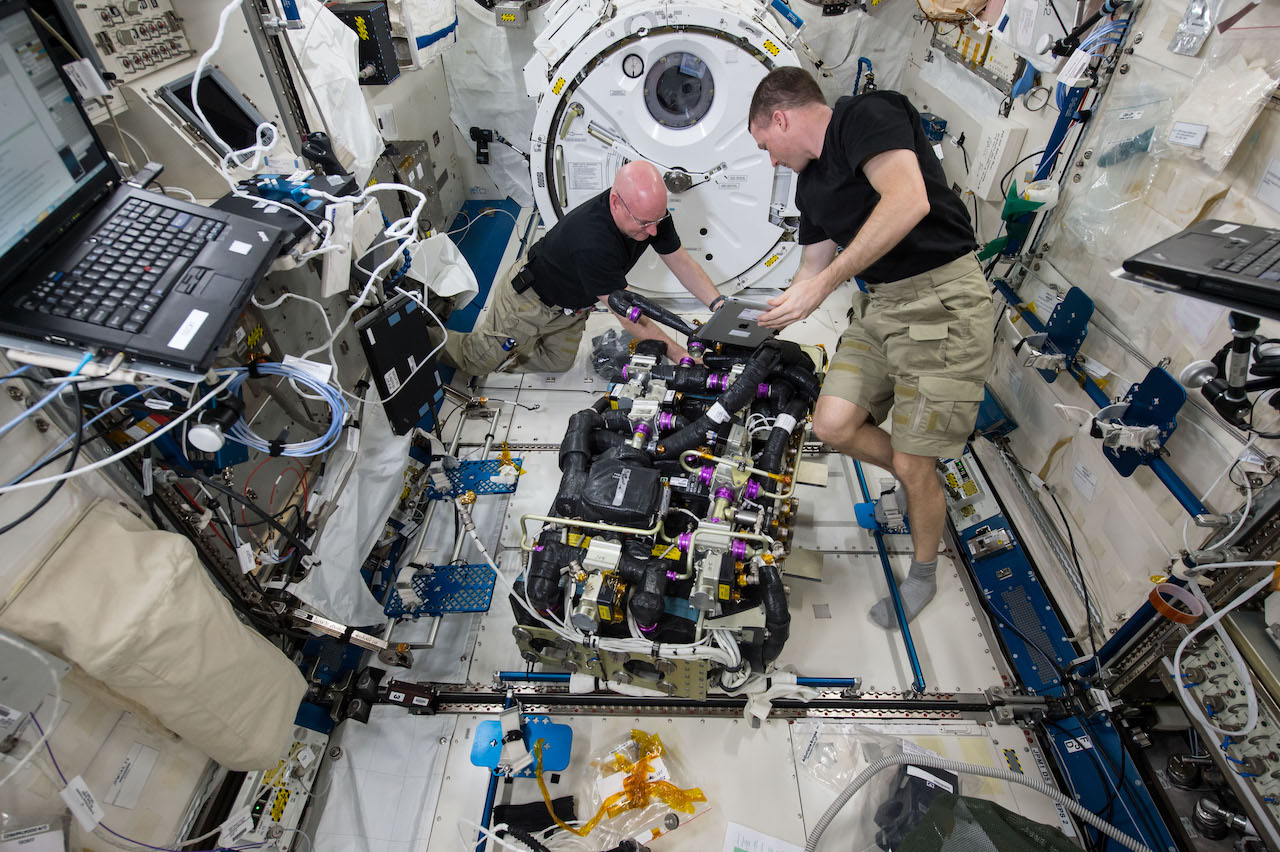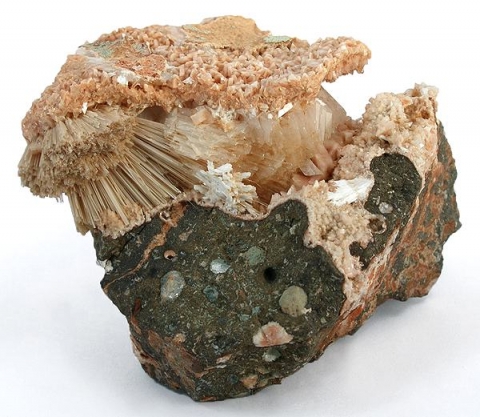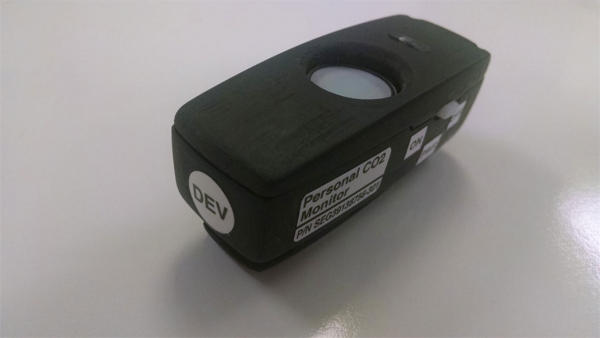Carbon Dioxide on Earth and on the ISS

Scott Kelly and Terry Virts inspect the Carbon Dioxide Removal Assembly on the ISS (NASA, Wikimedia Commons)

Scott Kelly and Terry Virts inspect the Carbon Dioxide Removal Assembly on the ISS (NASA, Wikimedia Commons)
8.35
How does this align with my curriculum?
AB
11
Knowledge and Employability Science 20-4 (2006)
Unit A: Applications of Matter and Chemical Change
BC
11
Chemistry 11 (June 2018)
Big Idea: Solubility within a solution is determined by the nature of the solute and the solvent.
NU
11
Knowledge and Employability Science 20-4 (Alberta, 2006)
Unit A: Applications of Matter and Chemical Change
YT
11
Chemistry 11 (British Columbia, June 2018)
Big Idea: Solubility within a solution is determined by the nature of the solute and the solvent.
YT
12
Chemistry 12 (British Columbia, June 2018)
Big Idea: Saturated solutions are systems in equilibrium.
NT
11
Knowledge and Employability Science 20-4 (Alberta, 2006)
Unit A: Applications of Matter and Chemical Change
NT
10
Knowledge and Employability Science 10-4 (Alberta, 2006)
Unit A: Investigating Properties of Matter
BC
11
Earth Sciences 11 (June 2018
Big Idea: Astronomy seeks to explain the origin and interactions of Earth and its solar system.
ON
12
Earth and Space Science, Grade 12, University (SES4U)
Strand C: Planetary science (Science of the Solar System)
YT
11
Earth Sciences 11 (British Columbia, June 2018
Big Idea: Astronomy seeks to explain the origin and interactions of Earth and its solar system.
BC
11
Earth Sciences 11 (June 2018
Big Idea: The transfer of energy through the atmosphere creates weather and is affected by climate change.
NB
12
Sciences de l'environnement 12e année - 54411 (version 2007)
4. Air et pollution atmosphérique


